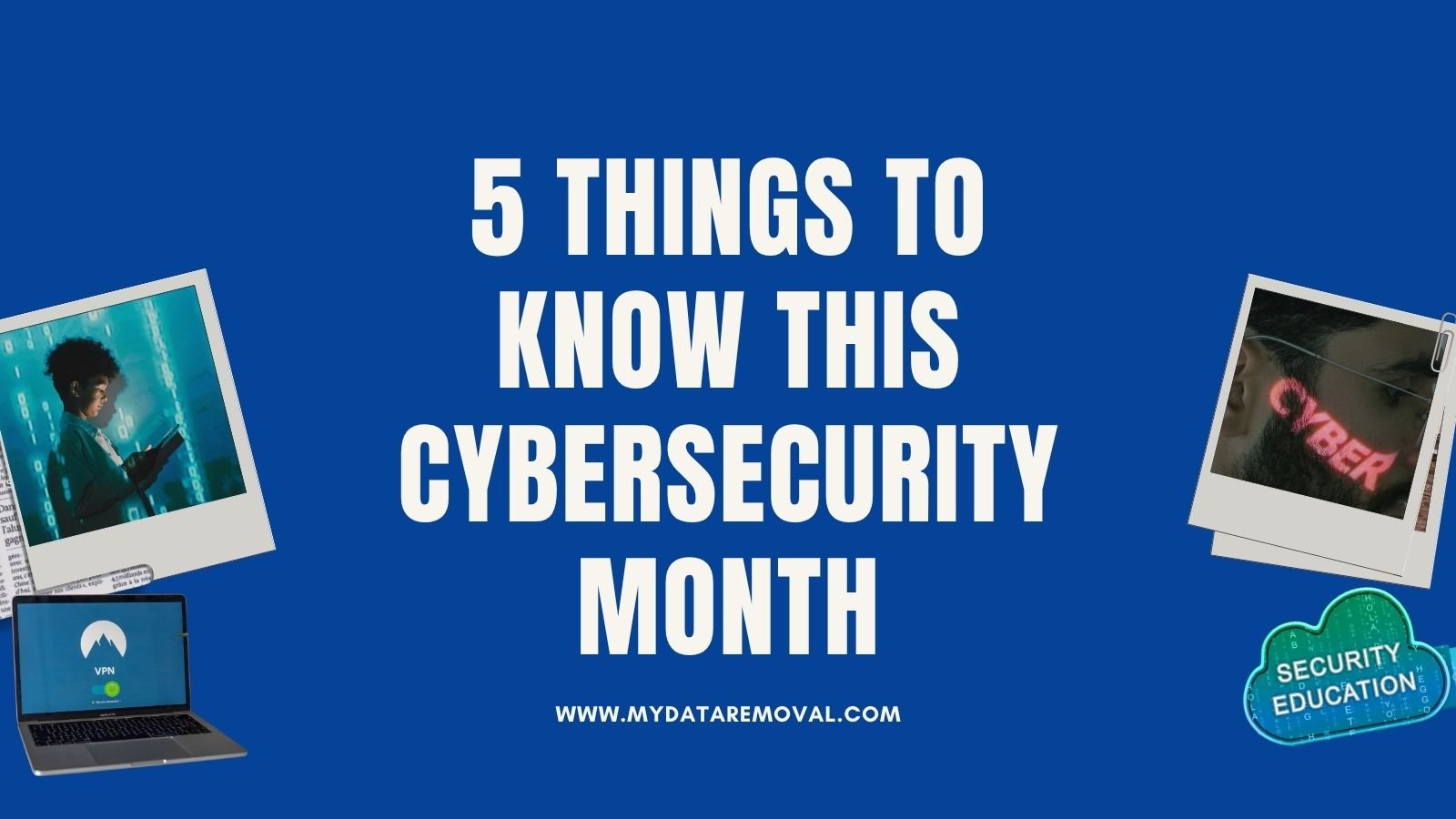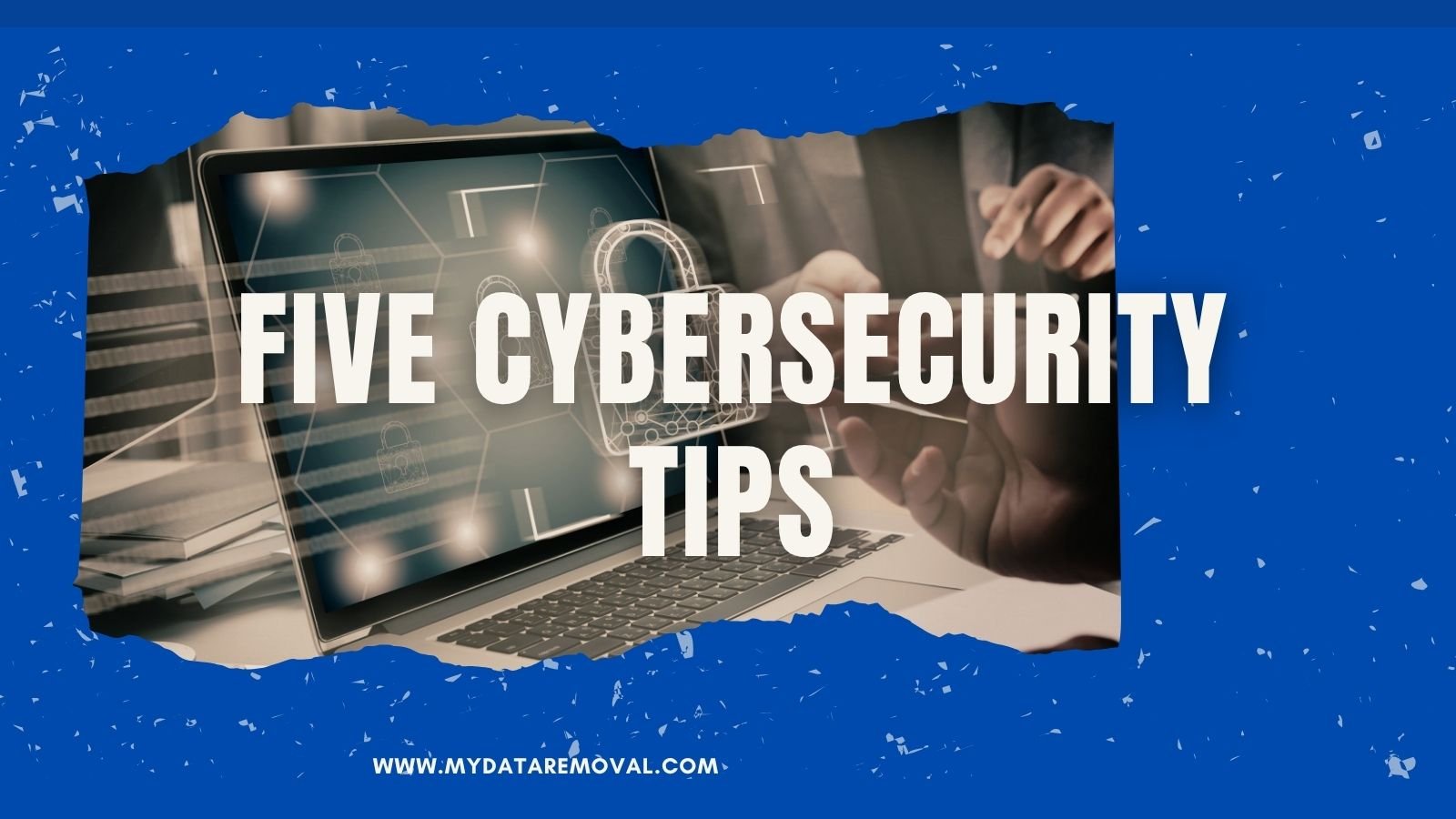Imagine you suddenly receive a notification that appears to be from your bank. It's about a password reset notification. Would you click it fast? Think twice.
The five things you should know this cybersecurity awareness month are turning MFA on, using strong passwords, recognizing scam red flags, updating your software, and protecting your online data.
Cyber threats are more common nowadays. That's thanks to the increasingly hyper-connected world. And while the internet brings new possibilities, it also gives birth to more cyber risks. That's why this year's cybersecurity awareness month is about online safety.
2025 Cybersecurity Awareness Month
Cybersecurity Awareness Month is all about highlighting the importance of cybersecurity and learning simple ways to protect yourself online. This is an important month, as there has been an increase in cyber threats. In fact, cybercrime is set to cost businesses over $10 trillion by 2025.
During this month, organizations aim to raise awareness on cybersecurity risks and prevention tips. Some companies conduct employee training. While some create educational content to spread awareness. But remember, you can also participate in this cybersecurity awareness month.
At MyDataRemoval, we aim to help everyone stay aware of digital privacy tips and the latest cyber threats. So, for the next few weeks, we will publish blogs and create social media content about cybersecurity tips. We're starting with five things you should know this cybersecurity month.
5 Things to Know This Cybersecurity Month

Here are five easy and expert-backed tips you should know this October:
1) Turn On Multifactor Authentication
Our devices and accounts hold huge amounts of data. Your online banking apps have your money stored digitally. That's why it's important that our accounts are protected. And one way to do that is by activating multi-factor authentication or MFA.
An MFA is like a second key to your accounts. So, even if hackers somehow got your primary password, they won't be able to log in to your accounts. This second key can be any of the following:
- Something you know (e.g., security question)
- Something you have (e.g., phone or hardware token)
- Something you are (e.g., fingerprint)
Pro Tip: Use trusted and privacy-friendly authentication apps like Proton Authenticator and Bitwarden. These apps make setting up and using MFAs easy.
2) Use Strong Passwords
Another way to secure your accounts is by using strong passwords. Stop using your name, birthday, pet’s name, or simple sequences (e.g., qwerty or 123456). That's the hacker's dream, as it's easier for them to guess.
A strong password is at least 16 characters long, with a combination of uppercase and lowercase letters, numbers, and special characters. It can also be a passphrase, which is a combination of unrelated words. Here are some examples:
- CoffeeCaseGymStorm
- PinkHamburgerHotelHyperion
Pro Tip: Use a password manager (e.g., Bitwarden), which will help you generate and store unique passwords for every account.
3) Learn How to Recognize Scams
Starting this month, you should learn how to recognize online scams. They are everywhere on the internet—from romance scams and fake websites, to simple text scams. Learning about these can help you pinpoint a scam before you become a victim.
Here are common scam red flags to watch out for:
- Unsolicited contact
- Urgent language
- Misspelled domains
- Suspicious links (e.g., http)
- Requests for money and information
Pro Tip: You can learn more about scams from government sources (e.g., FTC and BBB).
4) Update Your Software
Updating your software may seem like a non-essential. But it is. By simply updating your software, you're making sure that your device is protected and that vulnerabilities are fixed.
So, whenever you're thinking of skipping an update, think about the security patches it might bring. Think about the hackers waiting for the weak spot to exploit.
Pro Tip: You can set your updates to automatic. That way, you won't have to worry about missing an important update.
5) Protect Your Online Data
Lastly, you should protect your online data. This is important because bad guys are constantly eyeing your data. They can sell it on the dark web or use it for scams. Just recently, hackers attacked delivery giant OnTrac, compromising the sensitive personal information of over 40,000 people. The stolen information includes medical details, IDs, and Social Security numbers, all of which can fuel identity theft.
Below are some ways to secure your online data:
- Use encrypted messaging apps
- Limit data sharing on social media
- Review app permissions regularly
- Opt out of data brokers
Conclusion
Overall, cybersecurity shouldn't be overwhelming. Start making small changes. Over time, you'll see that you can protect yourself and your loved ones from cyber threats.
Frequently Asked Questions
What are the five C when it comes to cybersecurity?
The five Cs of cybersecurity are 1) change, 2) compliance, 3) cost, 4) continuity, and 5) coverage. These are major cybersecurity principles that help companies and organizations in fighting cyber threats.
What are the 5 pillars of cybersecurity?
The NIST Framework provides that the pillars of cybersecurity include 1) Identify, 2) Protect, 3) Detect, 4) Respond, and 5) Recover. This is a widely used framework for managing and mitigating cyber risks.



